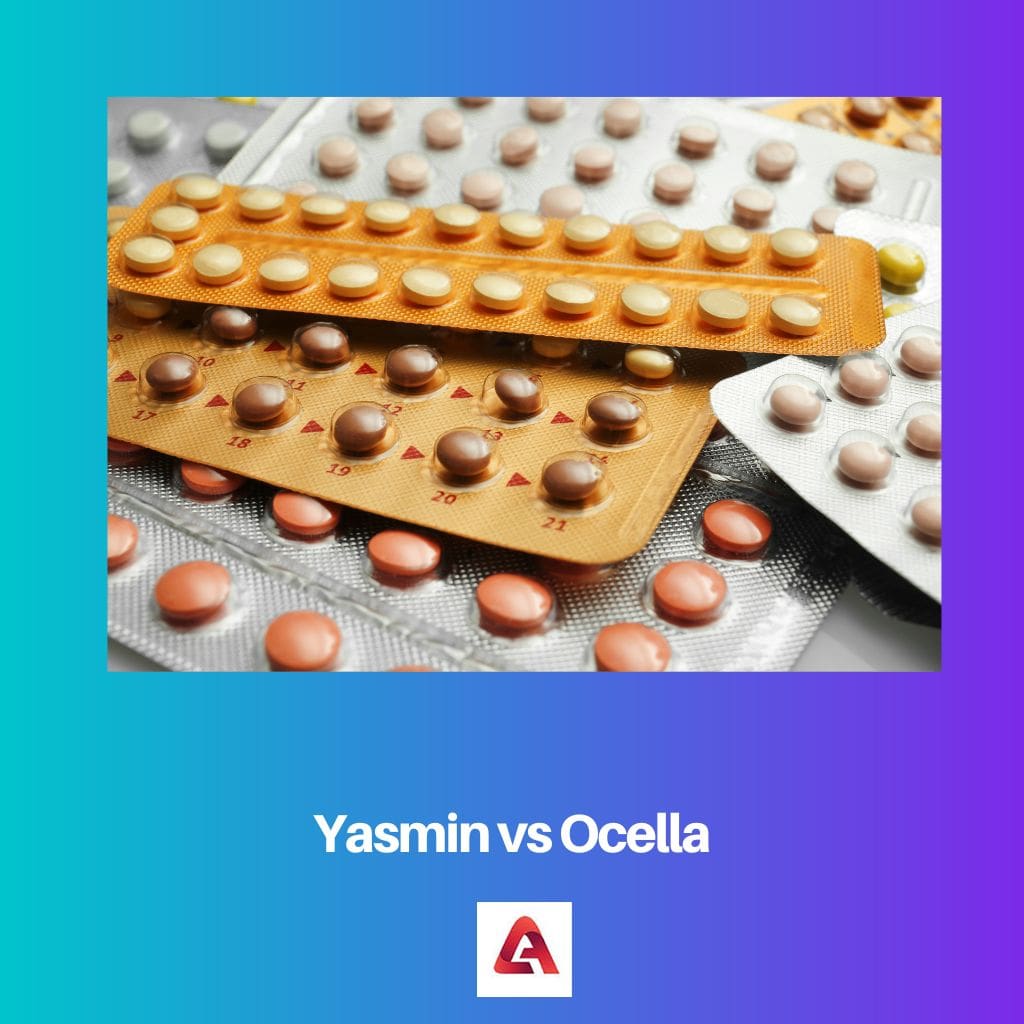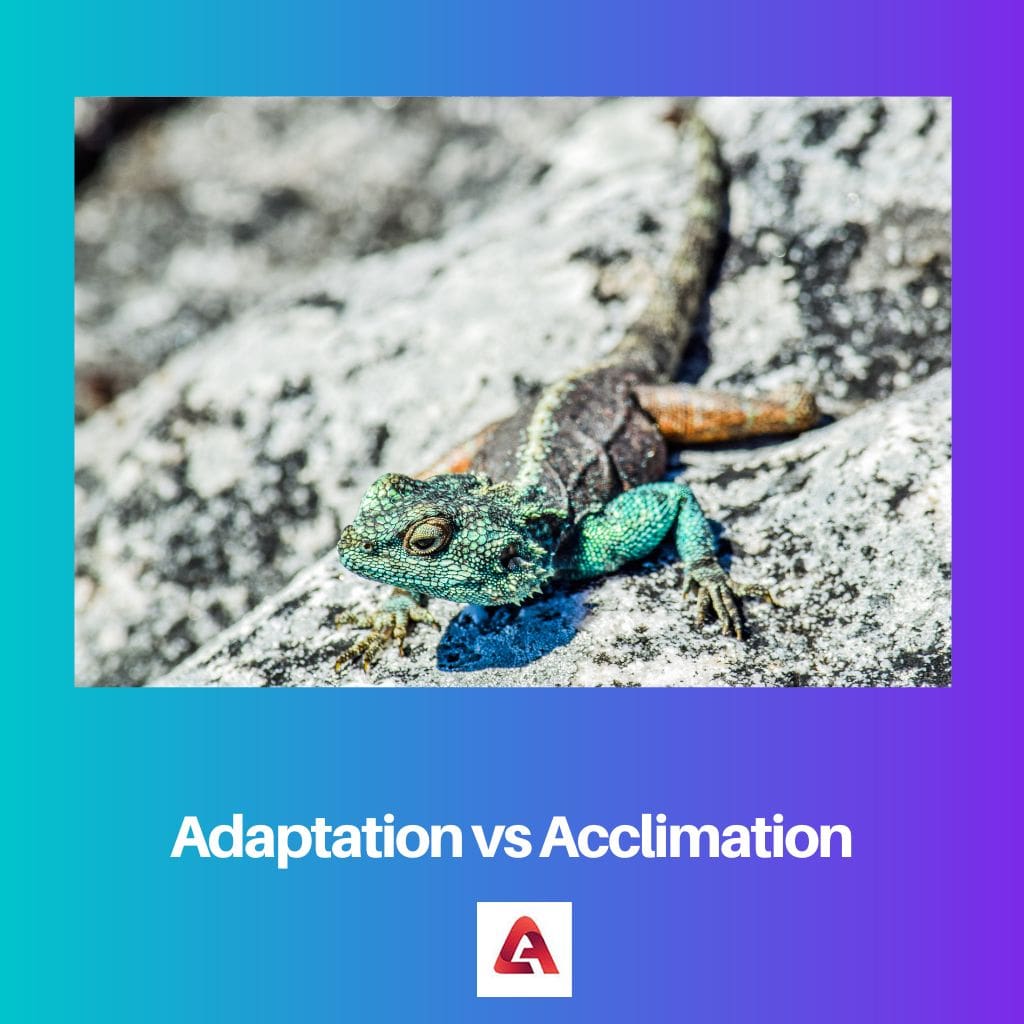One can use both milk paint and chalk paint for various purposes like painting wood, any rusty metal, bricks, etc. But, while milk paint is more suitable for painting floors and walls, chalk paint is more suitable for coating furniture.
There are several other distinguishable factors about these two paints, but both of them are comparatively less toxic than other types of available paints.
Key Takeaways
- Milk paint is an eco-friendly, water-based paint made from milk protein, lime, and pigments, while chalk paint contains calcium carbonate, talc, or chalk.
- Chalk paint creates a velvety, matte finish and adheres easily to surfaces, while milk paint provides a more natural, aged look and may require a bonding agent on non-porous surfaces.
- Milk paint can be mixed in various consistencies for different effects, while chalk paint has a thicker consistency and is used for a distressed or antique look.
Milk Paint vs Chalk Paint
Milk paint is a water-based paint that is used with a white base paint mixed with colors. It is the most non-toxic form of paint since it does not have volatile organic compounds. Chalk paint is a water-based, odor-free, and fast-drying paint that is made with calcium carbonate and available in liquid form.

Milk paint’s history is deeply rooted as humans used something similar during the cave paintings.
Casein (a protein present in milk) and limestone are the two main ingredients of the milk paint, and they are soaked in water before use. Additional colours can be added to this base point according to one’s choice.
Chalk paint is very new in the market, as a colour expert named Annie Sloan introduced it in the 1990s.
Unlike milk paint, it doesn’t need any prior soaking as it is available in a finished texture, and one can directly apply it. Chalk paints don’t need much time to dry, even though the colour is much denser than milk paint.
Comparison Table
| Parameters of Comparison | Milk Paint | Chalk Paint |
|---|---|---|
| History | It is one of the oldest forms of paint created by humans and it is made using casein, limestone, and plant fillers. | Annie Sloan invented chalk paint in the twentieth century, and calcium carbonate is its main ingredient. |
| Use | Mainly used for painting floors, walls, cabinets, and doors. | It is mainly used as a coating for furniture like chairs and sideboards. |
| Durability | Milk paint even without any wax coating, can retain the paint for several years. | Chalk paint is not as durable as milk paint, even after putting multiple wax coatings. |
| Environmental effects | Milk paints are made from very simple non-toxic ingredients and are environmentally friendly. | Due to the presence of a low amount of volatile organic compounds (VOCs), they are a bit less eco-friendly than milk paints. |
| Appearance | Milk paint offers a matte look and brushstroke effects. Sanding makes the finish better. | Chalk paint offers a very uniform, smooth matte look, and it doesn’t require sanding before painting. |
What is Milk Paint?
Milk paint is water-based paint and the most non-toxic form of paint on the market. Due to the complete absence of volatile organic compounds (VOCs), it is extremely eco-friendly.
The base paint is white, and to make it colourful, dried colours are mixed in the base paint and given some time to soak in the water.
Milk paint is suitable for painting ceilings, walls, floors, and doors. They are also used for decorative purposes like painting objects such as flower vases.
The milk paint used for colouring purposes cannot be left unused for several days. This is because it contains milk protein which tends to spoil the texture of the colour after a few days. To keep it stable, additional chemicals are mixed.
Milk paints produce a rusty look that looks quite aesthetic, but it is thinner than any other type of paint and thus requires several coatings.
Sometimes, the dry powder causes a lump if not mixed properly. Sanding is not required before applying milk paint, but it confirms much better adhesion of the colour to the surface. Milk paint is also more durable, retaining the colours year after year.
What is Chalk Paint?
Chalk paint is also water-based paint, but it is not as non-toxic as milk paint because it contains a small number of VOCs. But the paint is completely odour-free and dries out within an hour.
The main ingredient in chalk paint is calcium carbonate, and unlike milk paint, they are available in liquid form. One needs to mix the readymade liquid colours to create a customised colour palette.
Chalk paint is suitable for colouring various types of furniture and decor items like kitchen cabinets and drawers. They give a very matte finish, and to create some textures or brushstroke effects, one needs to do it manually.
Unlike milk paint, chalk paint has a very thick consistency and thus requires fewer coatings.
Though the consistency of chalk paint is thicker than milk paint, they are less durable. Moreover, colour customization becomes a very difficult task as one needs to mix pre-made liquid colours and not put powders into a base paint.
Main Differences Between Milk Paint and Chalk Paint
- Milk paint is one of the oldest forms of paint created by humans, whereas Annie Sloan invented chalk paint in the twentieth century.
- Milk paint is mainly used for painting floors, walls, cabinets, and doors, whereas chalk paint is mainly used as a coating for furniture like chairs and sideboards.
- Milk paint can retain the colour for several years, whereas chalk paint is not that durable even after several layers of wax coating.
- Milk paints are made from very simple non-toxic ingredients. On the other hand, the presence of a low amount of volatile organic compounds (VOCs) makes chalk paint a bit less eco-friendly than milk paint.
- Milk paint offers a matte look and brushstroke effects, whereas chalk paint offers a very uniform, smooth matte look, and it doesn’t require sanding before painting.





